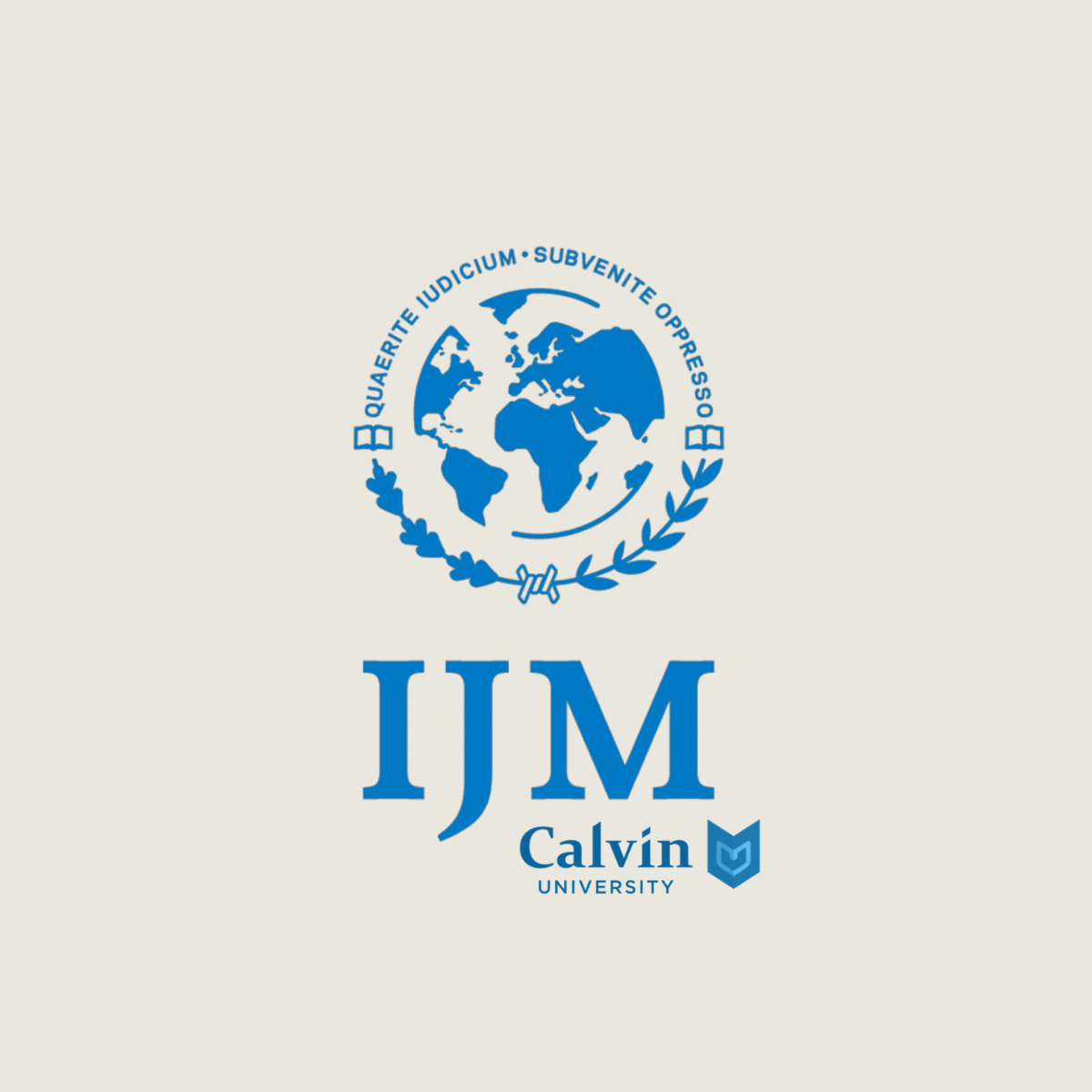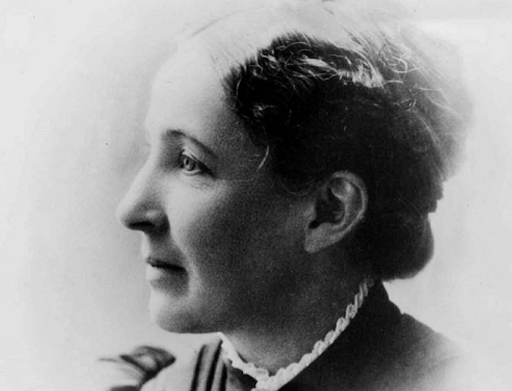On November 16, more than 100 students experienced the South Asian wedding celebration held by the South Asian Student Association (SASA). Ribbons tied to the walls of the Hekman library basement and the colorful patterns of the guests’ clothes filled the entire floor to celebrate Shaadi.
Shaadi, which is directly translated as “wedding” in English, is a three-day event wedding celebration held in countries in South Asia and in the Middle East, and they typically host at least 500 to 600 people per wedding. “The wedding aspect of your life is a big aspect of business and culture. It’s just how people enjoy celebrating,” said Jeremiah Joseph, the Secretary of SASA leadership. In their culture, a wedding is the biggest way for people to celebrate and share their joy to others.
Back in Pakistan, Joseph and his family would get invited to at least three weddings per wedding season, because they invite everybody: their friends, their family, their family’s family, and the neighbors. It is no wonder that the wedding industry is one of the largest industries throughout countries in South Asia and the Middle East.
This three-day wedding celebration starts with what they call Mehendi, the first day when the household of the groom and bride celebrates by themselves, their families and close relatives in their houses. This is when henna art is applied on both the bride’s hands and palms to symbolize fertility.
The second day is called Baraat, which is like “a traditional American wedding,” described Joseph, that is usually hosted by the bride’s side. This is where both the bride and groom go to a church in formal wedding clothing, recite the vows, and receive blessings from the bride’s church pastor.
The third day is the wedding reception, called Walima, where all the dancing and partying occurs. The groom’s side hosts this reception. This is the climax to the whole wedding because everyone is there, and they all basically just have fun.
SASA incorporated some of these elements into their one-night Shaadi event. Through the cultural dances performed by the members, the cheerful wedding entry of both groom and bride, and the music and dancing to end the celebration, this event fully immersed South Asian and the Middle Eastern wedding culture.
The only exception is that “we aren’t gonna actually marry them,” said Joseph, laughing. There has been a lot of confusion going on in the community since the first poster of Shaadi came out, that “Immanuel John and Jena Momeyer were announced to be married on the 16th of November.” Using a real couple for a fake wedding ceremony was an intentional decision made by the leadership, and it is simply for practical reasons. Both John and Momeyer, portraying the bride and groom in the event, were pretty comfortable to be in the spotlight with each other.
Nevertheless, this event should not just be about the couple, but about the cultural experience of learning how these students celebrate weddings differently. Joseph said that through this event, he and his leadership team wanted students to be open to “experience how other cultures do things differently and that’s not a bad thing. They’re not weird.”




